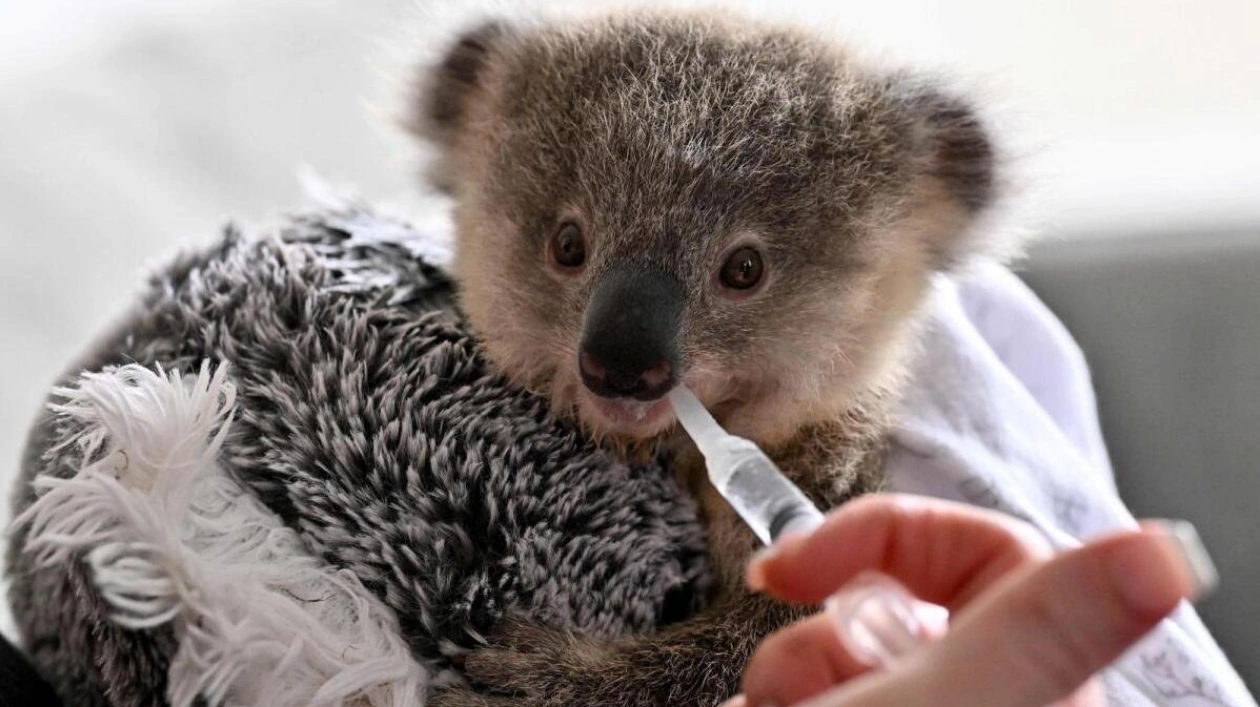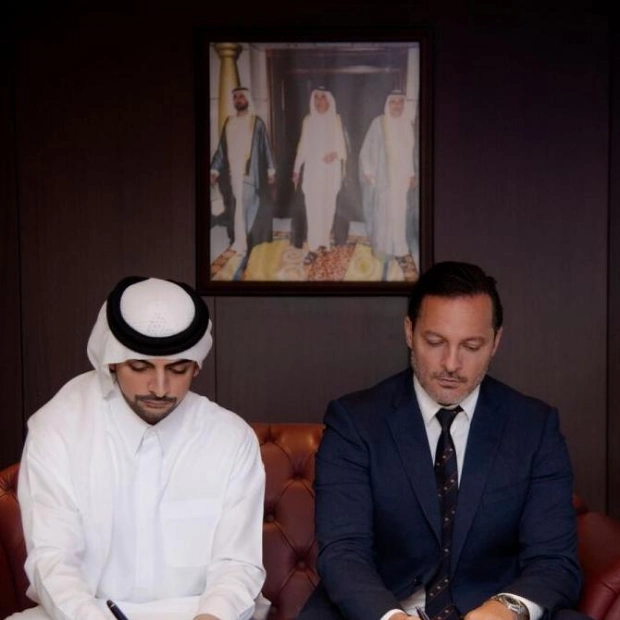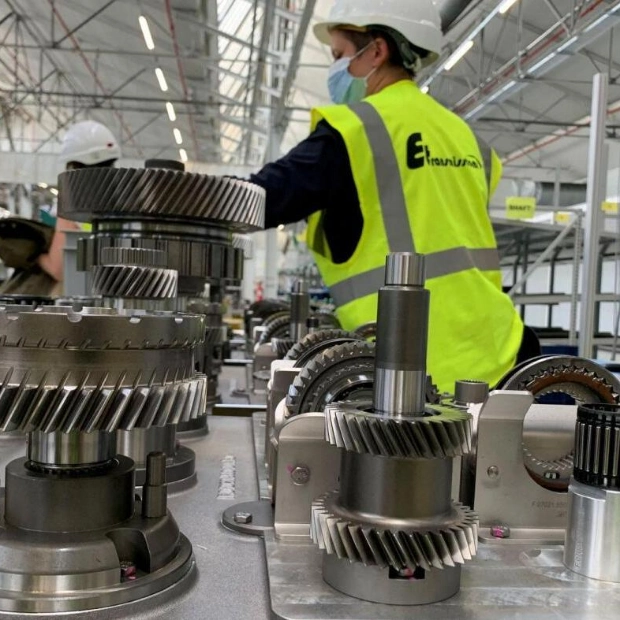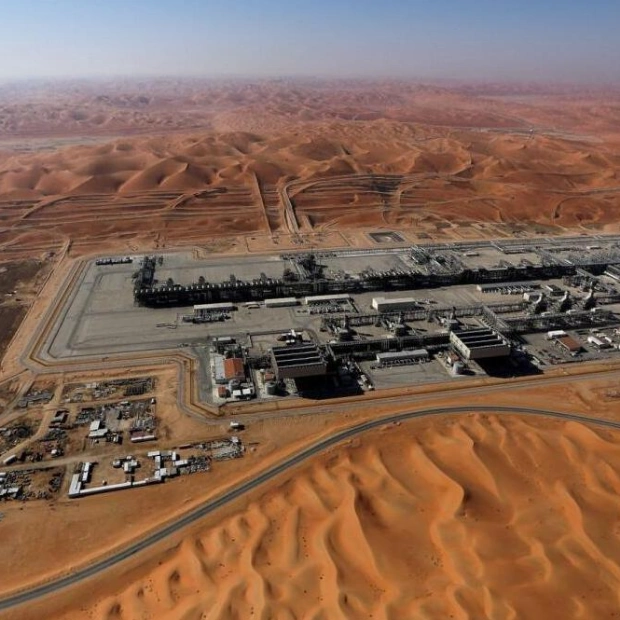An orphaned koala joey named Ajooni was seen clinging to a fluffy toy during feeding time in Sydney. – AFP
Ajooni, an orphaned koala joey, clung to a toy twice her size while making a snuffling noise as she drank milk from a tiny syringe. Weighing about the same as a mango, she was discovered by the side of a Sydney road where her mother had been hit by a car and died. This is a common story for wildlife carer Emma Meadows. Over the past two years, Meadows and other volunteers have rescued 40 koalas hit by cars in their neighborhood. The actual number of fatalities is likely much higher, as koalas are shy and notoriously difficult to count.
Estimates suggest there are between 95,000 and 524,000 koalas left in Australia, possibly down from millions before European settlement. Factors such as expanding cities, land clearance, and the spread of chlamydia are severely impacting these iconic animals. In 2022, East Coast koalas were officially listed as "endangered" by the Australian government.
"I truly believe we're heading towards extinction," said Meadows, a volunteer with WIRES. "I don't know if there's any coming back from this. I'm afraid it might be too late." Chlamydia, first observed in koalas about 50 years ago, has led to blindness, bladder infections, infertility, and death. Although some chlamydia-free koala populations exist, scientists fear these pockets may soon disappear.
Annabelle Olsson, director of the University of Sydney Wildlife Health and Conservation Hospital, regularly examines rescued koalas, including seven-month-old Ajooni. During a visit by AFP, a sedated three-year-old koala was on an operation table, where Olsson and her team took blood samples, performed X-rays, and examined the koala's face. The koala was chlamydia-free but had a head injury affecting her reflexes, requiring further attention.
Olsson emphasized the need for better koala protections, stating, "Our grandchildren, or at least their grandchildren, might only see koalas in a zoo if they're lucky." Australia, known for its high biodiversity and unique wildlife, has the highest rate of mammal extinction in the world, with about 100 unique species lost in the last 123 years.
While some conservation efforts focus on quelling the spread of koala chlamydia, others highlight the need to protect koala habitats. University of the Sunshine Coast researcher Samuel Phillips is part of a team developing a potential vaccine. They have vaccinated and monitored 165 koalas over 10 years, finding that inoculated marsupials developed chlamydia later in life, with mortality reduced by 64 percent. A Queensland trial of the vaccine, combined with traffic and predator controls, was so successful that a local koala population, once doomed for extinction within 10 years, rebounded.
Phillips warns that more must be done to address other key drivers of koala decline, particularly habitat deforestation. "We can protect these small populations, but without increasing and protecting their habitat, they won't survive," he said. Ajooni will remain in Meadows' care until she is big enough to be released back into the wild, a bittersweet moment for Meadows but a rewarding one.
Meadows continues her volunteer work, despite the challenges, because she believes someone needs to make a difference. "I continue to do what I do because somebody needs to make a difference, and I feel that this is one way in the world that I can make a difference," she said.






